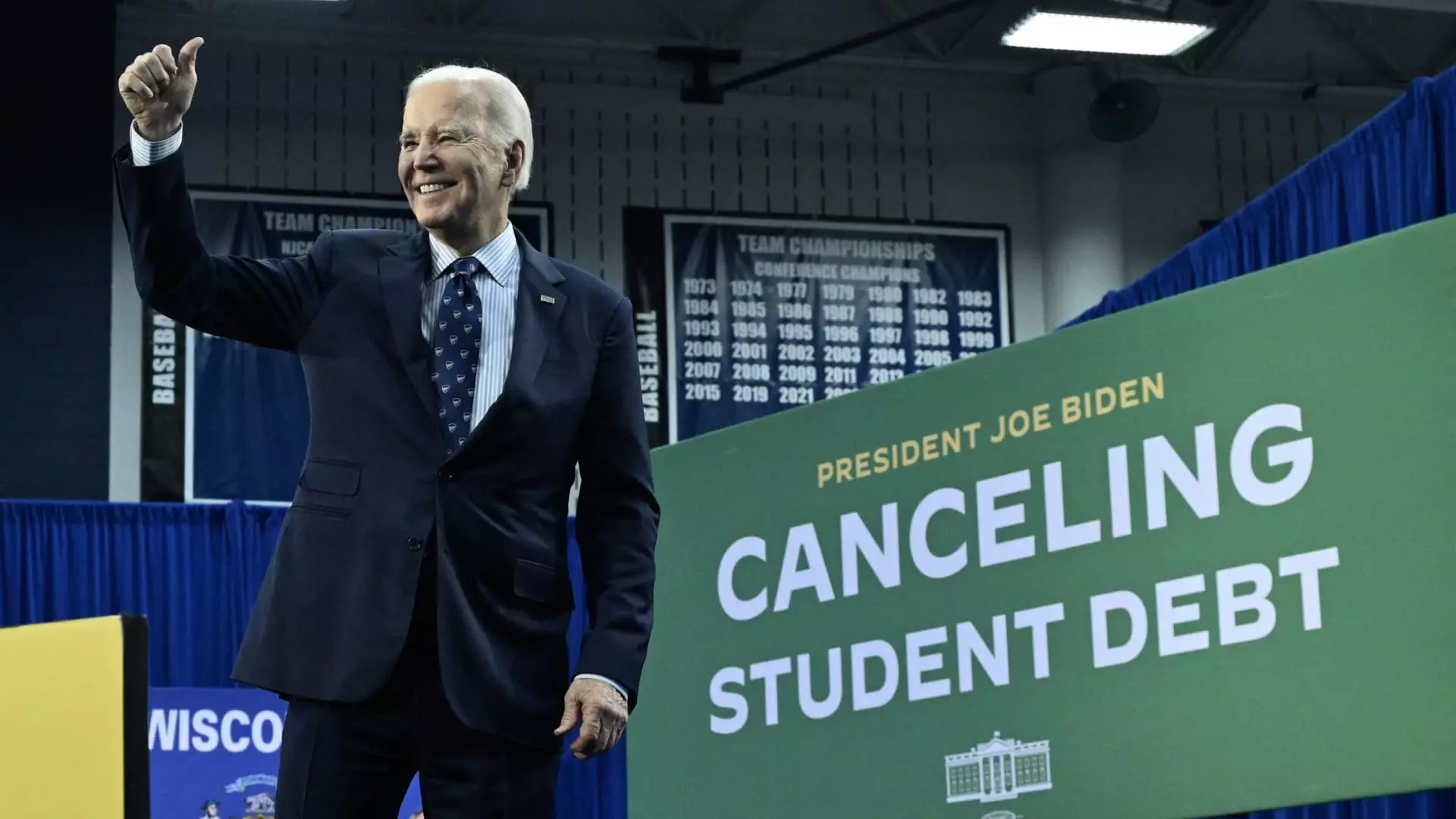A federal appeals court recently made a decision to allow a vital part of President Joe Biden’s student loan relief plan to proceed while legal challenges are ongoing. The 10th Circuit U.S. Court of Appeals granted the Biden administration’s request to stay an order that had temporarily blocked a provision of the Saving on a Valuable Education (SAVE) plan. This ruling is viewed as a significant victory for President Biden, marking the SAVE plan as one of his most noteworthy achievements in providing assistance to student loan borrowers.
Since the inception of the SAVE plan, approximately 8 million borrowers have enrolled in the new income-driven repayment program, according to the White House. The plan aims to reduce borrowers’ monthly payments, with many individuals now required to pay just 5% of their discretionary income towards their student debt. Additionally, those earning $32,800 or less have been granted a monthly payment of $0 under this plan. In contrast, other income-driven repayment programs typically mandate borrowers to pay 10% or more of their discretionary income.
Legal Roadblocks
Despite the recent favorable ruling from the 10th Circuit U.S. Court of Appeals, the SAVE plan continues to face obstacles. A federal judge in Missouri issued a separate injunction against the plan, preventing the Biden administration from implementing widespread student debt forgiveness. This injunction, along with the one issued in Kansas, stems from lawsuits filed by Republican-led states earlier this year. These states allege that the Biden administration exceeded its authority with the SAVE plan and used it as a means to circumvent previous legal limitations on student debt forgiveness.
Moving forward, the Justice Department is anticipated to challenge the injunction from Missouri, seeking to lift the restriction on student debt forgiveness under the SAVE plan. The legal battles surrounding President Biden’s initiatives highlight the complexities and controversies surrounding student loan relief efforts. Despite providing substantial debt relief through the SAVE plan, there are persistent challenges and legal hurdles that must be addressed for the full implementation of these programs.
Ultimately, the ongoing legal disputes underscore the deep divide and differing opinions on how best to address the student loan crisis in the United States. As the Biden administration continues to navigate these challenges, the fate of the SAVE plan and its implications for millions of borrowers remain uncertain.

